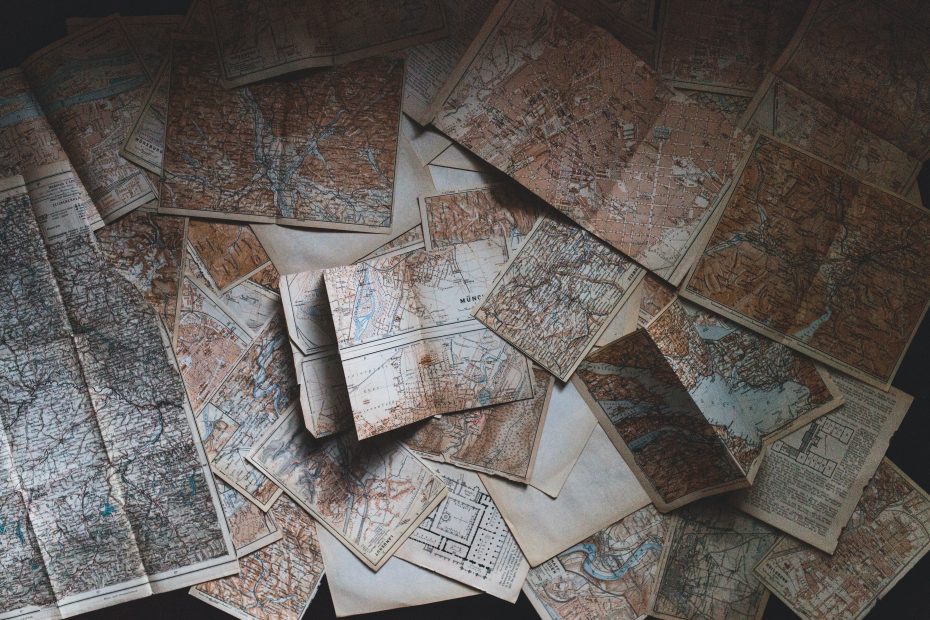Table of Contents
Introduction
Mozambique has a long and diverse history and cultural heritage. Located on the southeastern coast of Africa, the country was shaped by Bantu migrations, Swahili coastal settlements, Portuguese colonialism, and other influences. Today, Mozambique’s rich tapestry of cultures is reflected in its ethnic diversity, traditions, architecture, art, music, cuisine, and important heritage sites. By exploring Mozambique’s history and culture, we can appreciate the nation’s complex identity.
Early History
The early inhabitants of Mozambique were Khoisan hunter-gatherers. From around the 1st century AD, Bantu people from central Africa migrated to the region in waves, bringing farming and iron-working technology. The Bantu groups mixed with local Khoisan and established kingdoms and trading settlements.
The Swahili, Arab and Persian merchants, settled along the coast from the 8th century AD. They intermarried with Bantu people, creating the Swahili culture found along eastern Africa. Important Swahili trading cities like Sofala emerged.
From the 16th century, Portuguese explorers, soldiers and traders arrived and took control of coastal enclaves. Portugal strengthened its authority over the following centuries to exploit the slave trade and other commerce.
Colonial Era
From the late 19th century Portugal established effective colonial rule over the Mozambican interior. The Portuguese imposed taxes, forced labor, and agricultural, social and educational policies that transformed indigenous societies.
Many Mozambicans strongly resisted colonial rule. Rebellions broke out, but were crushed by overwhelming Portuguese force. However, constant guerilla warfare challenged Portuguese control in parts of the country.
Portuguese colonialism left an indelible imprint on Mozambican culture. The Portuguese language became widely adopted. Cities like Lourenço Marques (now Maputo) were built in Portuguese style, with a grid street layout, plazas, cathedrals, and European-style buildings.
Independence and Civil War
In the 1960s nationalist groups began the fight for independence from Portugal. After the 1974 Carnation Revolution in Portugal, Mozambique gained independence in 1975 led by the Front for the Liberation of Mozambique (FRELIMO).
Soon after, the Mozambican Civil War erupted between FRELIMO and the insurgent force RENAMO, devastating the country until 1992. Over a million people died during the war which disrupted Mozambican traditions.
Contemporary Culture
Today, Mozambicans reflect a tapestry of ethnic and linguistic groups including Shangaan, Chopi, and Swahili. While Portuguese is the official language, most Mozambicans also speak a local Bantu language.
Food incorporates influences from indigenous, Portuguese and Arab culinary traditions, like spicy coconut stews, seafood, and rice dishes. Popular drinks are liquor from sugar cane, and tea from leaves or coconut.
Music and dance are integral to cultural life. Marrabenta is a distinctive Mozambican style combining traditional and Portuguese folk music using instruments like guitars and hand drums. Traditional dance is widely practiced.
Arts and crafts include woodcarving, basket weaving, pottery, painting, and textiles. Makonde sculpture, originally from northern Mozambique, is world famous for the intricate patterns carved into ebony.
Architecture displays the country’s diverse cultural background through the Portuguese colonial buildings in urban areas, and more traditional designs in rural villages using local materials.
Most Mozambicans are Christian but some follow Islam and indigenous animist beliefs. There is a syncretic blending with traditional spirituality.
Cultural Sites and Attractions
Mozambique has many historical and cultural sites that provide windows into its past.
The fortified settlement on Mozambique Island dates back to the 1500s, and was a major Portuguese trading post for gold, ivory and slaves. Its architecture fuses African, Arabic and European influences.
Gorongosa National Park was traditionally an important place for indigenous Chitenge and Tonga people. They left rock art in caves and burial sites on the mountain.
Chibuene is an ancient earthen mound site containing remnants of buildings, ceramics and other artifacts left by early Bantu inhabitants. Archaeologists have discovered a citadel, tombs and mosque on site.
Ilha de Moçambique was a Portuguese colonial center for over 400 years. The fortresses, cathedrals, hospitals and stately homes showcase its history as an African/European hub.
The capital Maputo contains imposing colonial buildings, markets, museums, and sites relating to its history. Nearby Inhaca Island has Swahili ruins and marine biology.
Preserving Traditions
As Mozambique modernizes, preserving its living heritage is crucial. Cultural tourism provides income to keep traditions alive. The government tries to promote and protect historic sites and traditions through agencies like the Institute of Mozambican Languages and the Center for African Studies. However, local communities are the true custodians of indigenous knowledge and customs, which must be supported.
Conclusion
Mozambique has a rich mosaic of cultures reflecting its dynamic history of Bantu, Swahili, and Portuguese influences. Despite the disruptions of colonialism and civil war, Mozambique retains a vibrant cultural heritage seen in its diverse ethnicities, languages, architecture, customs and famous sites. By learning about its past and celebrating its culture, Mozambique enters a promising era with pride in its identity. The country’s greatest asset is its people, who keep traditional knowledge alive through music, food, art and oral histories passed down generations. Mozambique’s cultural tapestry will continue to fascinate visitors and inspire future generations.
FAQs
What are the major Bantu ethnic groups in Mozambique?
The main Bantu ethnic groups are the Makua, Tsonga, Sena, Ndau, and Shangaan. Together they make up over 95% of the population.
What are some typical ingredients in Mozambican cuisine?
Common ingredients include coconut, peanuts, beans, rice, seafood, chicken, and vegetables like cassava leaves. Spices like piri piri add heat.
What instruments are used in traditional Mozambican music?
Popular instruments are hand drums like ngomas, string instruments like chordophones, and marimbas which originated with ancestral peoples like the Chopi.
What are some famous examples of Makonde art?
The Makonde are renowned for their intricately carved wooden masks, figures, and sculptures depicting animals and distorted human faces.
What are three major cultural sites on Mozambique Island?
Key sites are the Chapel of Nossa Senhora de Baluarte, the Fort of São Sebastião, and The Palace of São Paulo.
